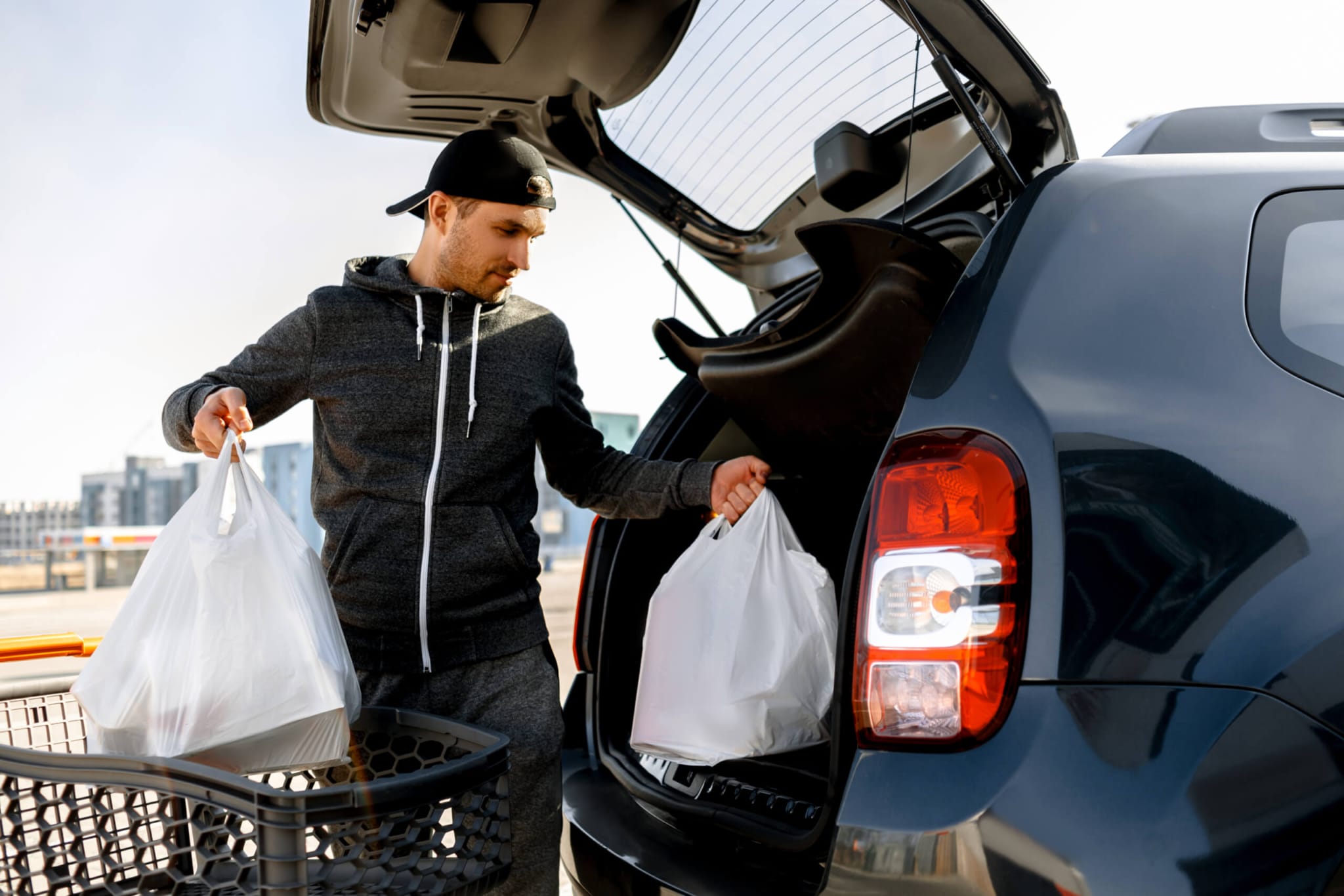Amid a changing global commerce climate where optimized omnichannel experiences are more important than ever, merchants must ensure that they have an efficient Buy Online Pickup In Store (BOPIS) / curbside pickup workflow in place. BOPIS and curbside pickups and returns have become critical initiatives as many merchants adjust to keep their customers and employees safe. However, rapid deployment of new systems coupled with spikes in customer demand require both technological and organizational agility.
Forter COO Colin Sims recently sat down with Jennifer Conklin, Sector Lead, Unified Commerce (CPRD), North America and Aaron Eversoll, Vice President of Market Development (CPRD), North America from Capgemini to discuss how businesses can optimize their BOPIS technology stack during this dynamic period.
In this webinar we explored:
- How to optimize business tech stacks to enable curbside pickup/returns offerings, including inventory systems, SMS and video chat, and fraud solutions
- How curbside pick-up enables brands to acquire new customers but also introduces the risk of fraud and abuse
- What happens after COVID-19? How to offer in-store or curbside pickup/returns in a sustainable and risk-free way
Omnichannel is the New Norm
Curbside pickup and BOPIS options are expectations that are becoming standard options as customer expectations continue to rise.
Why BOPIS is the Next Big Thing
- Buy Online Pickup In Store (BOPIS) or curbside has continued 130% YoY growth in June 2019.
- 35% of retailers are currently offering curbside pickup
- 25% of retailers are trying to implement curbside pickup now and 15% plan to implement within the next 12 months
However, as curbside and BOPIS offerings grow as exciting customer offerings, it means that businesses will need to keep technical considerations in mind to optimize their systems, as well as be aware of how opportunistic fraudsters may be looking to take advantage of new vulnerabilities in their systems.
Curbside Pickup Technical Considerations for Inventory
Ensuring your business’s technology stack is optimized in order to better serve your customer demands for curbside pickup is essential. Capgemini recommends the following to ensure your system can meet their needs, without added friction or delays to fulfillment:
- Capture the correct data to fuel your business systems – OMS, ERP or DOM
- Invest in real-time inventory management to keep your business updated on stock levels
- Customer communication is crucial and needs to be spot on for curbside pickup, before, during and after the order has been picked up
- Train employees to fulfill curbside orders safely but in a timely fashion
- Block fraud proactively, online by preventing placement of fraudulent purchases
Potential avenues for fraud in omnichannel experiences like BOPIS and curbside pickup should be growing considerations for businesses. They will need to ensure they have best practices in place in order to better protect their business and avoid added friction in their processes.
Why BOPIS is the Next Big Thing in Fraud
- Forter recently saw a 300-500% increase in fraud pressure and activity
- BOPIS fraud rates increased by 62% rising from H2 2018 to H2 2019
- Lack of billing address leads to more fraud
- Quick turnaround allows fraudsters to acquire products before being detected
- Accurate in-person identity verification is challenging
The Right Approach to Meet New Challenges
In order to ensure that businesses are able to make curbside pickup safe, seamless, and stress and fraud-free, they must partner with the right fraud and abuse prevention provider.
The top 5 things businesses should consider when looking for a fraud prevention provider to help secure their omnichannel offerings include:
- Fraud prevention online, not in-person. In-person verification can lead to added friction and potentially allows fraudsters to slip through the cracks.
- Look at customer interactions holistically. When assessing risk and fraud, all channels of interactions must be considered – online and in-store. Businesses need an approach to fraud prevention that assess customer touch points both digitally as well as in-person to have a more complete view of the story behind the data.
- Real-time for seamless experiences. Demand for pickups in short time frames (between the point of placing the order and pickup) requires a real-time solution without added friction.
- Full automation for scalability. Peak purchasing periods or unprecedented traffic (especially in the current climate) can lead to hiccups in service and fulfillment if a fully automated system is not in place.
- Fraud prevention powered by a rich network of global data. Leveraging the insights of other retailers who have also experienced similar fraud or abuse helps power a more proactive fraud prevention system and overall approach to better protecting businesses.
Listen to the full recording of the webinar or read our BOPIS Checklist for more details.
